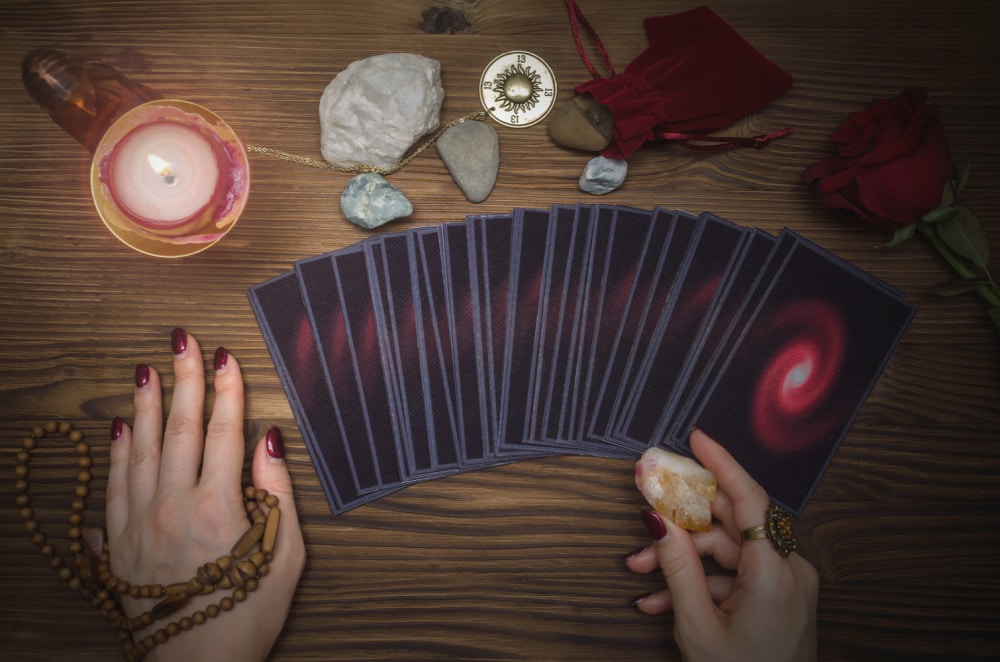Meditation for Busy People: Tips and Tricks
Are you ready to experience the transformative power of mindfulness? Meditation is the secret, and it’s simpler than you may think to start a daily practice.

Table of Contents
The Power of Meditation
Meditation is a practice that has been used for centuries to improve mental and physical health. It involves training your mind to focus on the present moment, and it can help reduce stress, improve concentration, and increase self-awareness.
How Meditation Affects the Brain
Scientists have discovered that regular meditation can significantly impact the brain. It has been found to increase gray matter in the hippocampus, the part of the brain responsible for learning and memory.
Additionally, meditation leads to the growth of new neural connections, which helps to improve cognitive function and mood.
The Benefits of Meditation
- Stress and anxiety reduction: Meditation can help lower the levels of the stress hormone cortisol in the body, reducing feelings of anxiety and stress.
- Improved focus and concentration: Regular meditation can help improve attention span and cognitive function, making it easier to focus on tasks and retain information.
- Increased self-awareness: Meditation can help you become more aware of your thoughts and emotions, which can lead to a deeper understanding of yourself and others.
- Physical health benefits: Meditation has been found to lower blood pressure, improve heart health, and even boost the immune system.
Starting Your Meditation Practice
Starting a meditation practice can seem daunting, but it’s quite simple. Here are a few steps to get you started:
Finding a Quiet and Comfortable Space
Choose a place where you can sit comfortably and won’t be disturbed. It can be anywhere – a corner of your living room, a park bench, or a bed.
Setting a Time
Choose a time of day when you can meditate regularly. It can be first thing in the morning, before bed, or during lunch.
Starting Small
Begin with just a few minutes of meditation a day and gradually increase the time as you become more comfortable with the practice.
Using a Guided Meditation
If you’re new to meditation, it can be helpful to use guided meditation. Many free resources are available online, such as apps and YouTube videos.
Making it a Habit
To make meditation a part of your daily routine, try to do it at the same time every day. It can also be helpful to schedule it in your calendar as a reminder.
Tips for Incorporating Meditation into Your Daily Routine
- Keep it simple: Meditation doesn’t have to be complicated. Just sit comfortably, close your eyes, and focus on your breath.
- Consistency is key: The more consistent you are with your meditation practice, the easier it will become.
- Be patient: Meditation can be difficult at first, but it will become easier with practice.
- Practice self-compassion: If your mind wanders, that’s okay. Simply acknowledge the thought and bring your attention back to your breath.
Exploring Different Types of Meditation
There are many different types of meditation, each with its own unique benefits and techniques. Here are a few popular types to explore:
Mindfulness Meditation
Mindfulness meditation involves paying attention to the present moment and
becoming aware of your thoughts, emotions, and physical sensations. It is one of the most widely studied forms of meditation and is known for its ability to reduce stress and improve overall well-being.
Transcendental Meditation
Transcendental Meditation (TM) is a type of meditation that involves the use of a mantra or sound to focus the mind. It is known for reducing stress, improving focus, and increasing feelings of inner peace.
Yoga Meditation
Yoga meditation combines physical postures and breath control to improve overall well-being. It is known for reducing stress and improving flexibility and strength.
Loving-Kindness Meditation
Loving-kindness meditation (also known as “metta” meditation) involves focusing on feelings of love and compassion towards yourself and others. It is known for its ability to improve relationships and increase overall well-being.
Taking Your Meditation Practice to the Next Level
Once you’ve established a daily meditation practice, you may want to explore more advanced techniques to deepen your practice.
Body Scan Meditation
The Body scan meditation involves lying down and focusing on different parts of the body, noticing any sensations or feelings. It helps to release tension and promote relaxation.
Zen Meditation
Zen meditation, also known as “Zazen,” is a type of meditation that involves sitting in a specific posture and focusing on the breath. It is known for its ability to increase focus and concentration.
Chakra Meditation
Chakra meditation involves focusing on the seven energy centers in the body known as chakras. It is believed to help balance the body’s energy and promote overall well-being.
Incorporating Meditation into Your Busy Life
Finding the time is one of the biggest obstacles people face when trying to establish a daily meditation practice. Life can be hectic, and it can be challenging to make room for meditation in our busy schedules. But with a little planning and creativity, it is possible to make meditation a part of your daily routine.
Make use of your Commute
If you take public transportation or drive to work, you can make use of this time to meditate. You can listen to a guided meditation or focus on your breath.
Meditate at Work
If you’re feeling stressed or overwhelmed at work, take a few minutes to meditate. You can do this in your office or a quiet space.
Find a Meditation Buddy
Having a friend or colleague who is also interested in meditation can be very helpful. You can meditate together and support each other in your practice.
Conclusion
Meditation is a powerful tool that can significantly impact your overall well-being.
By starting small, being consistent, and being kind to yourself, you can make meditation a part of your daily routine and start reaping the rewards.
With so many different types and techniques to explore, there’s something for everyone. So, take a deep breath, close your eyes, and begin your journey to a more mindful life.






